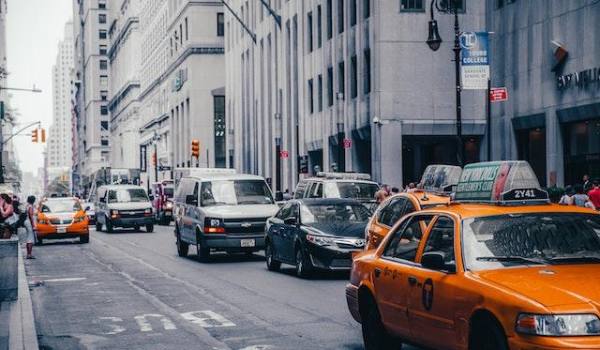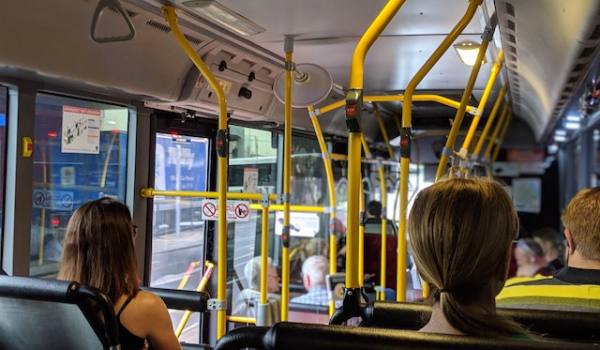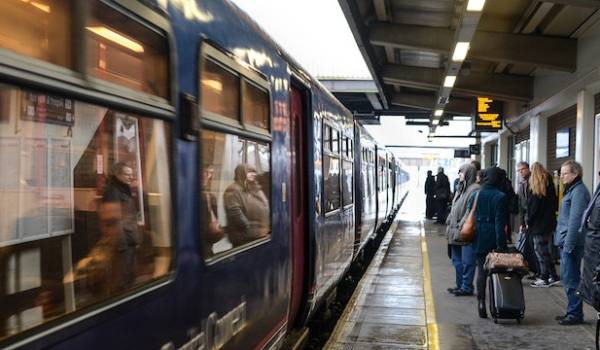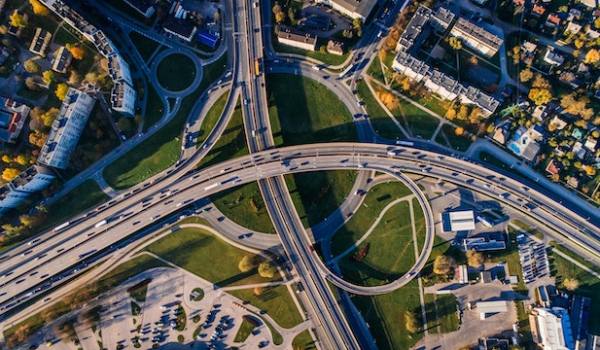Transportation
There are different types of transportation available to you when you arrive in your new community. Most communities have one or more forms of public transportation. You will need to know how to use public transportation safely. Your resettlement agency will give you information about public transportation in your new community soon after you arrive. Learn more about Transportation in the United States below.
You may download this page as a PDF, watch, or listen to this information in a podcast. Downloadable PDFs, podcasts, and videos provide the same information as the webpage in different formats.
When you arrive in your new community, you will need to learn how to get from one place to another easily. Many people drive in the United States, but owning a car is expensive and may not be feasible for you at first. Most communities have one or more forms of public transportation which can be used to reach your Resettlement Agency, your place of work (once you are employed), as well as stores, banks, and other community services. Learning how to use public transportation to get where you want and need to go safely is a critical first step in adjusting to your new community. Your Resettlement Agency will give you information about local public transportation soon after you arrive.
Public Transportation
Public transportation in the United States varies from place to place. In some places, it can take you almost everywhere you need to go. In other places, it may operate only occasionally or may not be available.
There are three major types of public transportation: buses, subways, and commuter trains. They usually run on a schedule and stop at certain marked locations to allow riders to get off or on. Most of the time, you will need to buy a ticket in advance or pay upon boarding to use public transportation. Sometimes, you will need the exact fare or an electronic transit card with enough credit to cover the fare. Sometimes, the cost of your fare is determined by the length of your trip. Transit cards are available at stations and other locations where you can use cash or a credit or debit card to refill your transit card.
During rush hour, the price for public transportation may be higher than at other times of the day. Trains and buses may also be more crowded during rush hour, and in big cities, it may take considerably longer to get to your destination. It is important to allow extra time during rush hour if you want to arrive at work on time or if you have a time-sensitive appointment.
Most public transportation has well-marked, reserved seating for the elderly, the disabled, and for pregnant women. It is expected that able-bodied passengers will vacate these seats when necessary.
Walking and Biking
Walking and riding a bicycle are inexpensive and convenient means of transportation which are also good for your health. There are laws in the United States that regulate walking and biking. Be aware of traffic signs and signals so that you are safe when walking in your community. Use sidewalks and make sure to cross the street at crosswalks or corners. Park your bike in designated areas and lock it securely. Many cities provide special lanes for bicycles and also have traffic and safety regulations specific to cyclists. In many locations, bicycle helmets are required by law and some cities require a license for cyclists as well. It is important to know and follow traffic laws in your community in order to bike safely.
Some cities have bicycle sharing programs which allow riders to rent bicycles for short term use. Most of these programs operate bike stations around the city and riders pay to ride a bicycle from one station to another where they will leave the bike for the next rider. Usually, riders are required to pay with a credit or debit card, or must become a member of the program in advance. Some programs have smart phone applications that allow riders to find available bikes and manage payment.
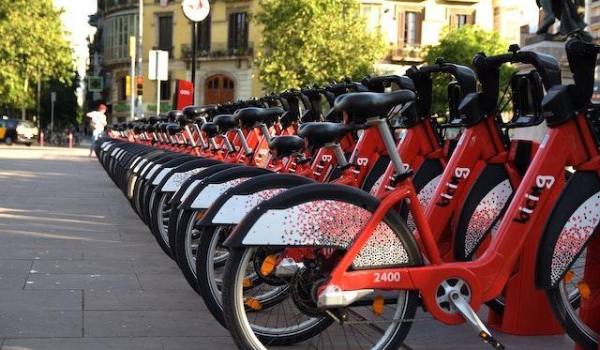
Ride Sharing and Taxis
Ride sharing services, like Lyft and Uber, are available in many cities and towns around the United States. In most cases, ride sharing is less expensive and more convenient than traditional taxis, but a smartphone with the appropriate app is needed to arrange a ride, and an account with credit or debit card is required for payment.
Taxis can be hailed on the street or found in designated areas in some cities, or you can arrange a ride by calling a taxi company if you speak English. Taxi drivers usually accept cash or credit cards but you should confirm the method of payment before the ride begins.
Ride sharing and taxis will be more expensive than public transportation and are not recommended for daily use. However, they may helpful in urgent situations.
Owning and Driving a Car
Owning a personal vehicle comes with benefits and responsibilities. Car-related expenses usually include monthly car payments (if purchased on credit); insurance premiums; license and registration fees; and parking, gas, and maintenance costs. These expenses can drain your income quickly, so at first you may need to use public transportation to get around. Later, after you have a job and can afford car expenses, you may decide to purchase a car. A driving test and license are required for anyone operating a car.
Traffic Signs
Stop
One Way
Bike Lane
School
Crosswalk
English Lesson
Where is the bus stop/subway station?
Where does this bus/train go?
How much is the fare?
How can I get to the library/bank/pharmacy/grocery store?
Ready to test your knowledge?
More ways to learn
With interactive lessons and videos, there’s always something new to discover. Settle In makes it fun to learn about resettling in the United States. Learn at your own pace – we’re here to guide the way.



